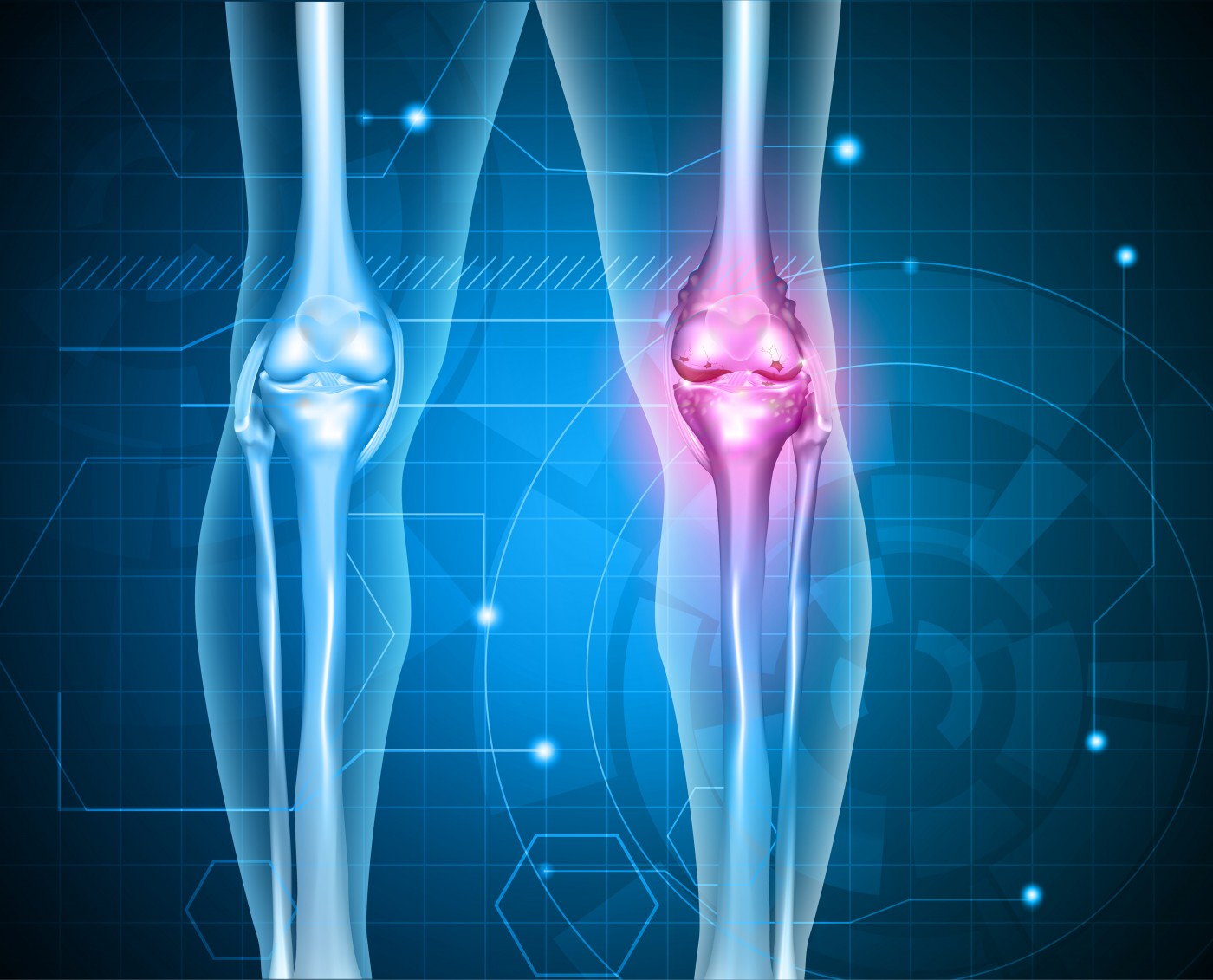A team of researchers recently discovered that cellular differences in joints are linked to joint-specific differences in rheumatoid arthritis.
Rheumatoid arthritis (RA) is a systemic inflammatory disease that manifests itself in multiple joints in the body. The inflammation usually affects the lining of the joints (synovial membrane), but can also affect other organs. The inflamed joint lining leads to an erosion of the cartilage and bone, and sometimes causes joint deformity. Pain, swelling, and redness are common joint symptoms.
In the study, Wei Wang, Ph.D., and Gary S. Firestein, M.D., from the University of California, San Diego School of Medicine, and their colleagues investigated epigenetic patterns in fibroblast-like synoviocytes (FLS) — a specialized cell type located inside joints in the synovium that plays a crucial role in the development of chronic inflammatory diseases, such as rheumatoid arthritis.
“We hypothesized that changes in epigenetic modifications and gene expression between FLS in different joints might potentially contribute to differences in synovial inflammation and responses to clinical treatment,” Wang, a professor in the departments of chemistry and biochemistry, and cellular and molecular medicine, said in a recent news release.
Results of the study determined that DNA methylation — a fundamental process by which methyl groups are added to DNA and that modifies the function of the DNA — varies between FLS of the knees and hips in rheumatoid arthritis patients.
“We showed that the epigenetic marks vary from joint to joint in diseases like [rheumatoid arthritis],” said Firestein, director of the Clinical and Translational Research Institute at UC San Diego School of Medicine. “Even more importantly, the differences involved key genes and pathways that are designed to be blocked by new RA treatments. This might provide an explanation as to why some joints improve while others do not, even though they are exposed to the same drug.”
According to the researchers, the discovery provides a new basis for the treatment of all ailing joints.
As Firestein noted, the new study “opens up the potential for precision medicine approaches that allow us to target all of the joints, not just a subset. It has broad implications for how we evaluate new drugs in clinical trials as well.”


